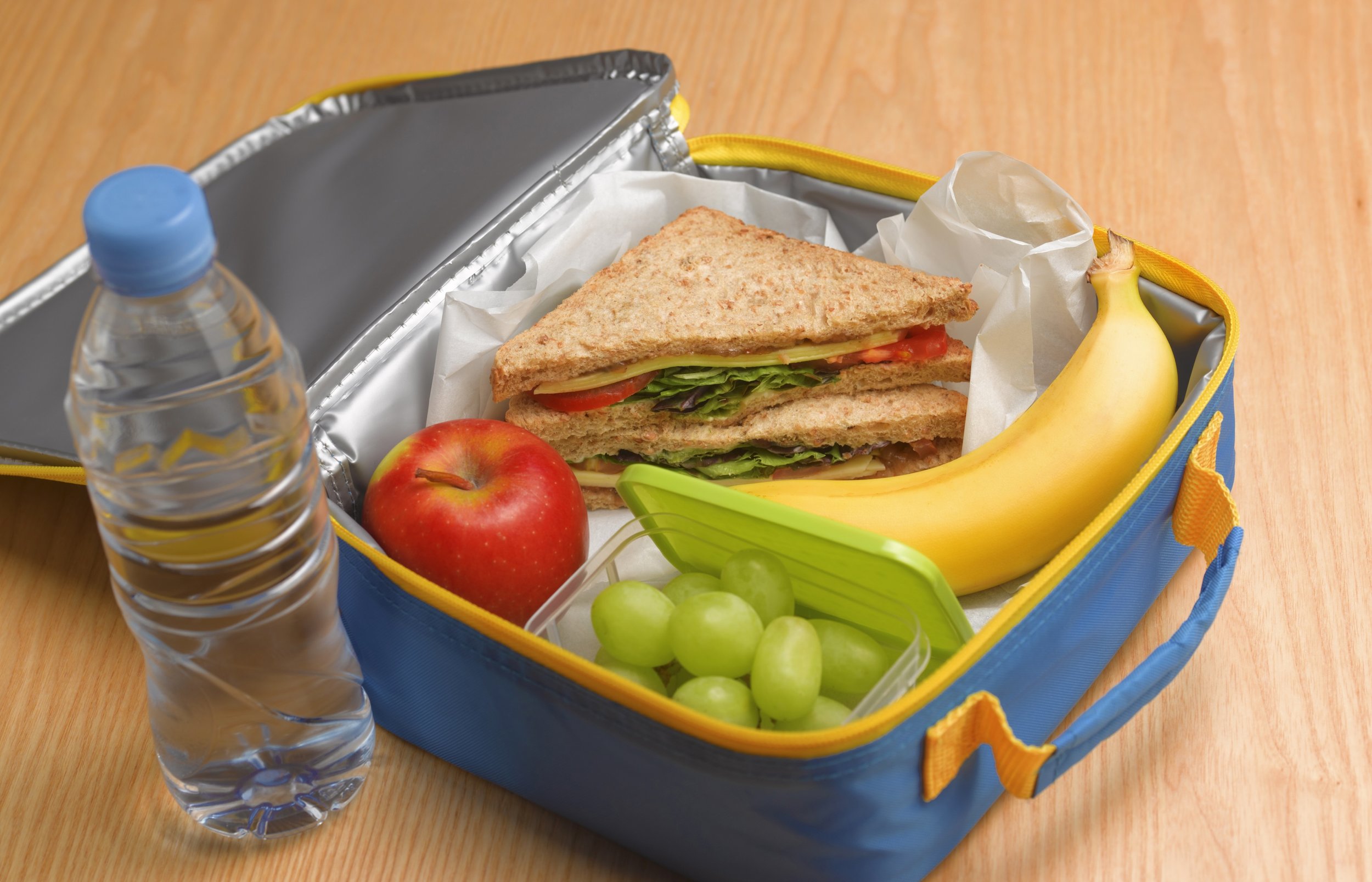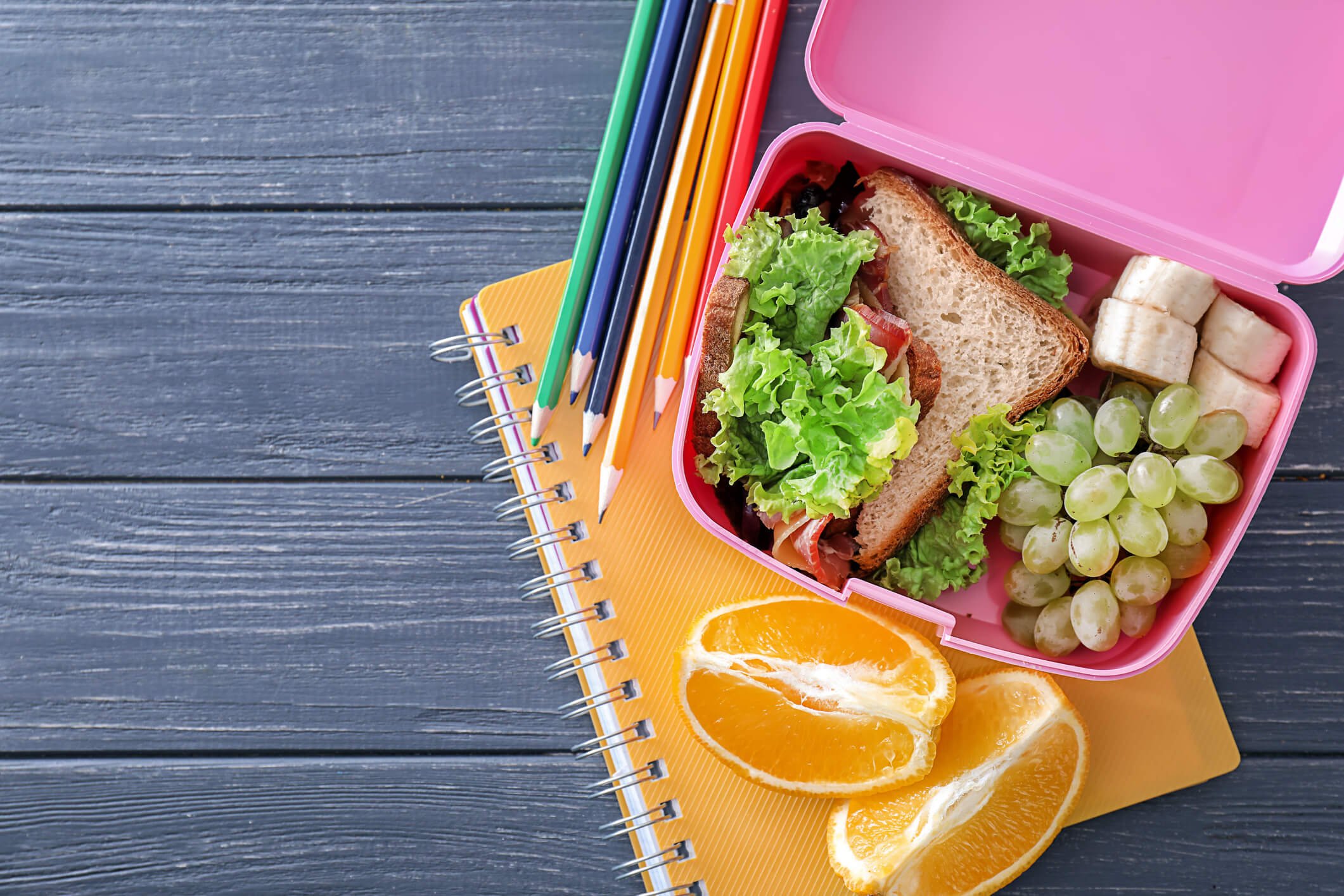Tips for Packing Safe School Lunches
A Simple Guide
Discover > Healthy Living Through Food > Tips for Packing Safe School Lunches
Providing a safe and nutritious school lunch (What wine goes well with lunch?) for children is a paramount responsibility for parents and caregivers. This article offers essential tips for ensuring safety and health when packing school lunches, emphasizing proper food handling practices to minimize the risk of foodborne illnesses and the importance of being mindful of food allergies and sensitivities among fellow students.
By focusing on variety, nutrition, and safety guidelines, parents can rest assured that their children have healthy eating and balanced and nutritious foods. Explore a range of wholesome ingredients and get creative with colorful fruits, vegetables, lean proteins, and whole grains to provide students with a tasty and nutritious lunch experience that they can enjoy safely.
When it comes to packing healthy school lunches, there are a few key tips to keep in mind. First and foremost, prioritize nutritious foods that provide essential nutrients for growing kids. To ensure food safety, it's crucial to pack piping hot food in insulated containers that will maintain its temperature until lunchtime. Fresh fruit also offers valuable vitamins and minerals to support children's overall well-being.
Understanding the Importance of a Balanced Diet
A balanced diet is vital for children's growth, development, and overall health. Consuming a variety of nutrients from different food groups allows children to achieve high cognitive function, maintain their energy levels throughout the school day, and support their immune systems to fight off illnesses.
Key Nutrients
There are several essential nutrients that children should consume daily through their meals:
Protein: Builds and repairs tissues, and is essential for growth and development. Found in meat, poultry, fish, beans, and dairy products.
Carbohydrates: Provide energy to the brain and body. Sources include whole grains, fruits, and vegetables.
Fats: Necessary for hormone production and the absorption of fat-soluble vitamins. Found in avocados, nuts (how long do nuts last?), seeds, and oily fish.
Vitamins and minerals: Required for numerous bodily functions, including bone growth, vision, and immune function. Found in various fruits, vegetables, dairy products, and fortified foods.
Fiber: Helps maintain digestive health. Found in whole grains, fruits, and vegetables.
Balancing Food Groups
To ensure children receive all the necessary nutrients, it's crucial to include a variety of food groups in their lunchboxes. The following recommendations can help achieve a balanced meal:
Fruits and vegetables: Aim to fill half the lunchbox with colorful fruits and vegetables, which provide vitamins, minerals, and fiber.
Protein-rich foods: Include one-quarter of the lunchbox with protein sources, such as lean meats, fish, beans, or dairy products.
Whole grains: Fill the remaining quarter with whole grain options, such as whole wheat bread, brown rice, or whole grain pasta (how long does pasta last?).
Healthy fats: Add small portions of nuts, seeds, or avocado for additional nutrients.
When packing school lunches, it's important to prioritize a balanced diet to support children's growth and development, as well as their cognitive and physical performance throughout the day.
Choosing the Right Containers
When packing safe school lunches, it is essential to select the appropriate containers. There are a few factors to consider when making this decision, such as durability and the materials used in the containers.
Durability
It is important to choose containers that can withstand the rough handling they can encounter in a school bag. A durable container will prevent leaks and ensure that food stays fresh and intact until lunchtime. Some popular options include:
Stainless steel containers: Highly resistant to denting or breaking. It also prevents stains and odors.
Hard plastic containers: Lightweight and quite durable, they come in various shapes and sizes suitable for different types of meals.
BPA-Free Plastic
Bisphenol-A (BPA) is a chemical commonly found in some plastics that may have adverse health effects, particularly in children. To ensure safety, opt for BPA-free plastic containers. Look for the "BPA Free" label or recycling codes 2, 4, or 5, as these are less likely to contain BPA. Avoid using plastic containers with recycling code 7, as this may indicate the presence of BPA.
Choosing the right containers for your child's school lunch can help ensure their meal is safe and enjoyable. By prioritizing durability and BPA-free materials, parents can confidently pack healthy and secure lunches for their children.
Packing Techniques
Avoiding Cross-Contamination
It is essential to prevent cross-contamination in packed lunches. Ensure that all surfaces, utensils, and hands are clean before preparing food. Wash fruits and vegetables thoroughly. When packing sandwiches, use separate cutting boards for raw meats and fresh produce. Store raw and cooked foods in separate containers within the lunch box.
Keeping Foods Fresh
To keep foods fresh, use insulated lunch boxes and include ice packs or frozen water bottles to maintain low temperatures. Separate hot and cold foods by using thermal containers for hot meals. Consider packing perishable items like yogurt, cheese, or deli meats (how long do deli meats last?) in smaller containers that can easily be nestled into cool spots within the lunch box. Encourage children to store their lunches in cool, shaded areas whenever possible to further ensure food safety.
Allergen Awareness
Packing safe school lunches requires being aware of allergens. It is crucial to know the specific allergies the child has and diligently avoid cross-contamination in their meals. Start by researching the common food allergens such as milk, eggs, peanuts, tree nuts, soy, wheat, fish, and shellfish. (What wine goes well with shellfish?)
To help minimize the risk of cross-contamination, follow these practices:
Maintain separate utensils, cutting boards, and containers for allergen-free foods.
Wash hands, kitchen surfaces, and utensils thoroughly after handling allergens.
Label allergen-free lunch containers and lunch bags to prevent mix-ups.
Paying attention to food labels is essential when purchasing pre-packaged items. Look for allergen statements or symbols indicating the presence of allergens, and when in doubt, do not include that item in the child's lunch. It's always better to be safe than sorry.
In case the child's school has an allergen-free table or policy in place, adhere to the guidelines strictly. Encourage communication with teachers and administrative staff to keep them informed about the child's allergies and special dietary requirements. This collaborative approach ensures that everyone is on the same page and contributes to the child's safety during lunchtime.
Finally, educate the child about their allergies and the importance of not sharing food with others. Teaching them how to recognize symptoms of an allergic reaction and the appropriate course of action to take if it occurs is vital in promoting a safe school environment.
Creating Engaging Lunches
Incorporating Colors
A visually appealing lunch can make children more excited to eat their meals. One way to do this is by incorporating a variety of colors into their lunchbox. Different colored fruits and vegetables not only make the meal look more enticing but also provide a range of nutrients. For example, include slices of red bell pepper, orange carrots, yellow cherry tomatoes, green cucumber, and purple grapes. This will make the meal both visually appealing and nutritious.
Bringing Variety
Another way to create engaging lunches is by introducing variety into meal planning. Children are more likely to consume their lunch if it includes different textures and flavors. Be sure to mix up the types of food items offered each day. For example:
Protein options: Rotate between lean meats, fish, beans, and dairy products.
Grains: Offer whole grain bread, crackers, pasta, or rice as a base for the meal.
Fruits and vegetables: Include a combination of fresh, canned, and dried fruits or veggies.
Dairy: Swap between cheese, yogurt, and milk products to keep it interesting.
Incorporating variety will not only keep children engaged in their lunches but also ensure they receive a well-balanced diet. Remember to keep portion sizes appropriate for their age and activity level, and consider involving them in the meal planning process for added excitement and ownership over their lunches.
Keeping Perishable Foods Safe
Maintaining the Right Temperature
To ensure food safety, it is crucial to maintain the right temperature for perishable foods. When packing school lunches, always remember to keep hot foods hot and cold foods cold.
Invest in a reusable insulated lunchbox to help maintain temperature.
Use an ice pack to keep cold foods chilled, and a thermos to keep hot foods warm.
Remember, the danger zone for bacterial growth is between 40°F and 140°F (4°C and 60°C). Minimize the time your child's lunch spends in this temperature range.
Packaging Separately
Packaging perishable foods separately can also reduce the risk of cross-contamination and spillage.
Use small airtight containers to separate different food items.
Consider using resealable bags for fruits and vegetables to keep them fresh and prevent them from mingling with other foods.
Conclusion
Packing a safe and healthy school lunch is an essential skill for parents and guardians. By following some simple tips, one can provide a well-balanced and appetizing meal for their child. It's crucial to ensure that the lunch remains at the proper temperature to avoid potential foodborne illnesses. Using insulated lunch boxes and ice packs can help maintain safe temperatures.
Including a variety of food groups in the lunch, such as whole grains, lean proteins, fruits, and vegetables, contributes to a balanced diet. It's important to be mindful of portion sizes and adapt them to the child's age and activity level. Opting for reusable containers and avoiding single-use plastics contributes to a more eco-friendly approach.
Labeling each food container with the child's name and date helps teachers and staff identify the lunch in case it gets misplaced. Moreover, involving the child in the process of selecting and packing their lunch helps encourage them to make healthier choices and feel more responsible. Following these tips will ensure that children receive the nourishment and energy they need to stay focused and energized throughout their day.
Check this tips for Healthy Living: Dehydrating Fruits Guide.
Let us know the Importance of Understanding Foodborne Illness.
This are the Essential Tips for Teaching Kids for Safety. Kindly Check this out.







